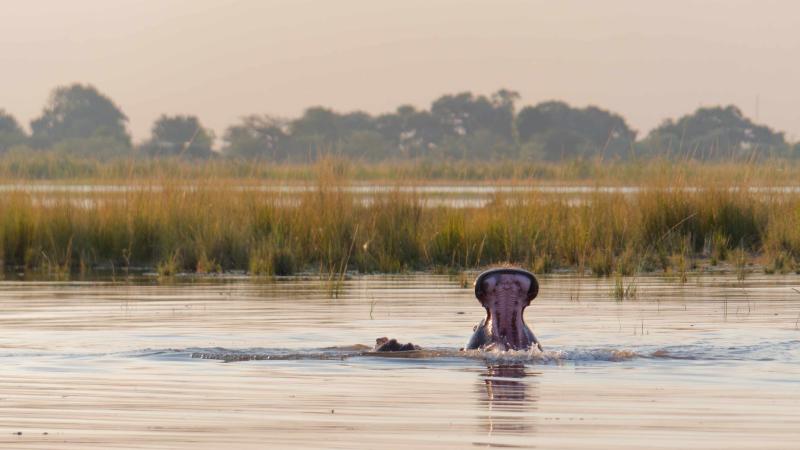
According to the authors, in order to achieve the climate targets, almost all drained peatlands in Germany would have to be rewetted by 2050. The statement also emphasises that the protection of intact peatlands and free-flowing waters should have the highest priority.
When rewetting drained peatlands, solutions must be found for the competition for land. According to the members of the working group, all stakeholders from the federal government, federal states and local authorities, administrations, associations, landowners and land users must be involved in this process. When restoring floodplains, it is important to examine which rivers should be given more weight in terms of the benefits associated with restoration than the use of the floodplain areas by humans.
"The great relevance of water retention and storage in the landscape and the role of vegetation for the water balance is still too often overlooked in management. However, the water cycle must be considered as a whole, taking into account the close interactions between watercourses and the surrounding wetlands and floodplains, so that our ecosystems can continue to provide their valuable services for humans and nature in the future," emphasises Dörthe Tetzlaff.
For drained peatland sites that are used intensively for agriculture, the statement recommends developing new utilisation concepts together with farmers and providing financial support, for example the conversion to paludiculture for biomass production, wet pastures or photovoltaics. In addition, landscape conservation measures should be rewarded and climate-damaging subsidies with a drainage effect should be reduced.
More information (in German only):






